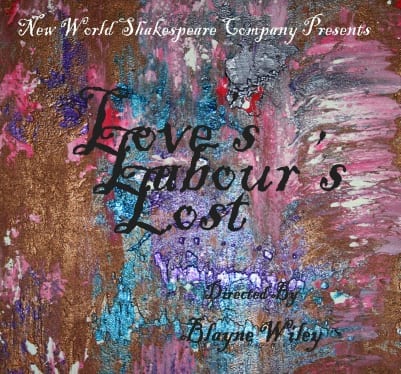SALT LAKE CITY — The set for The Zion Curtain was no more than three chairs. Two of the three actors, Jacob Lewis and Napsugar Hegedus, wore just white t-shirts and jeans. As such, they acted as blank slates who could transition quickly between scenes and characters. Lewis and Hegedus were alternatively interviewer and interviewee in discussions about the relationship between the LDS Church and homosexuality, Church disciplinary councils, politics at BYU, the nature of testimonies, Utah culture, and more.
The scenes by Lewis and Hegedus were interspersed amidst the performance of Dylan Adams. Dressed in a suit and a black name tag, Adams read from his missionary journal starting with the MTC and progressing through his first six months in Chile. While all of the actors were talented, Adams’ monologues were my favorite. I was constantly engaged by his energetic portrayal of the emotional roller coaster of mission life.
During Lewis’s and Hegedus’s scenes Adams silently on his chair, center stage. But when Adams was the focus of the action, Lewis and Hegedus would pantomime the scenes Adams described in his journal. Directed by Mohammad Allam, the pantomime employed in this play sometimes provided a humorous or effective illustration of dialogue—at least as often, though, it was confusing and distracting.
Curtis Russell’s script was constructed in documentary form using verbatim text from interviews and journal entries regarding individuals’ experiences with the LDS Church. Addressing a social issue with the format of a documentary was occasionally quite powerful. Knowing all the dialogue was all taken from real conversations made even the shortest segments engaging and lent them factual legitimacy.
While the play touched briefly on several themes, it hit hardest on the subjects of missionary work, homosexuality, and the pressure for conformity within the LDS Church. One consequence of presenting these themes as a documentary, without a unifying story arc, was that the scenes often felt discursive. For me, this was a drawback. I’m one who loves a story. I love the ability of theater to illustrate a moral with a story rather than resorting to lecture. When a play follows a storyline, the script may diverge from its theme in the name of character development. When being talked at via documentary format, I expect each segment to relate to a common theme or to build an argument. In this play, however, there were several scenes that felt tangential and disconnected from any unifying theme. Additionally, while most of the interviews provided internal context enough for them to stand on their own, I would have appreciated knowing more about their sources.
I flatter myself that I’ve got at least the average level for comprehensive ability, and I’m still struggling to connect all this play’s arguments. In fact, I’m still grasping at straws for a connection between the missionary journal and the rest of the scenes in the play. The playwright attempted to touch on a lot of different topics, many of which could have been persuasively on their own. But Russell didn’t allow himself enough time to develop most of them convincingly. The play contained several powerful and thought provoking scenes, but many were more distracting than supportive.
All in all, The Zion Curtain was an interesting play. I was impressed with the way the actors carried the action with practically no costume, set, or prop interactions. The concept of the script was creative, and the direction was, by and large, effective. Though often quite powerful, the various scenes felt disconnected and didn’t necessarily build upon each other. If given a few hours and the option, I think I’d prefer to simply read the interviews rather than watching them in a play.




